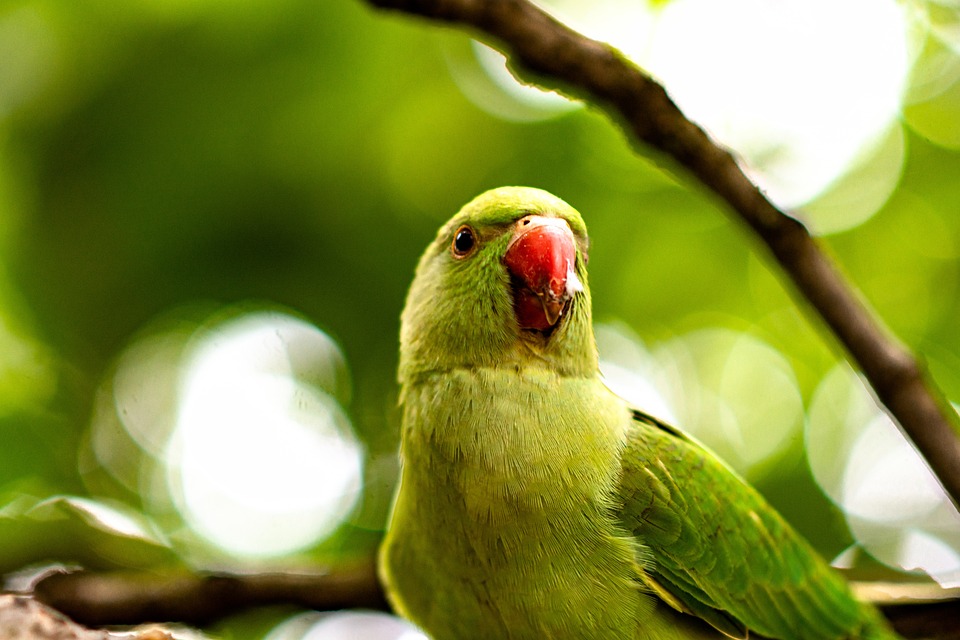Training a parrot can be a fun and rewarding experience, but it’s important to recognize the signs of enthusiasm and joy during successful training sessions. This not only helps gauge your parrot’s progress but also deepens the bond between you and your beloved pet.
One of the key indicators of enthusiasm and joy in parrots is their vocalizations. Pay attention to the sounds your parrot makes during training. If they are happily chirping, whistling, or mimicking your words, it’s a clear sign of enthusiasm and engagement.
Another indicator to observe is your parrot’s body language. If your parrot is leaning forward, spreading its wings slightly, or bobbing its head up and down, it is likely showing excitement and joy. Additionally, a relaxed posture with smooth feathers and bright eyes indicates contentment and eagerness to learn.
Active participation is another sign of enthusiasm. A parrot that willingly steps onto your hand, perch, or target stick demonstrates engagement. Look for signs of your parrot eagerly approaching training materials or showing curiosity towards new objects.
An eager learner is often a joyous learner. If your parrot demonstrates a keen interest in learning, readily responding to cues and repeating desired behaviors, it indicates joy and enthusiasm for the training process.
Playfulness is also a strong indicator of a happy and engaged parrot. If your parrot starts engaging in playful behavior, such as tossing toys or engaging in mock fights, it shows a high level of enthusiasm and enjoyment.
However, it’s important to address any signs of fear or aggression during training. If your parrot exhibits these behaviors, pause the training session and assess the situation. Consult with an avian behaviorist or an experienced parrot trainer to address these issues and create a safe training environment.
Different parrot species may display enthusiasm and joy differently. Some may become more talkative or show increased physical activity, while others may engage in dancing, head-bobbing, or feather fluffing. Familiarize yourself with your specific parrot species’ typical behaviors to better understand their expressions of enthusiasm and joy during training.
Treats can be a valuable tool during parrot training, as they provide positive reinforcement and motivation. However, it’s important to strike a balance between treat usage and fostering natural enthusiasm. Gradually reduce the reliance on treats as your parrot becomes more proficient in desired behaviors, replacing them with praise, verbal cues, and interactive play sessions to maintain enthusiasm.
Consistency is key when it comes to training parrots. Short, frequent training sessions are generally more effective than long, infrequent ones. Aim for daily sessions, keeping them between 10 to 15 minutes to prevent your parrot from becoming bored or fatigued. Schedule training sessions during a time when your parrot is most active and receptive.
By recognizing signs of enthusiasm and joy during successful parrot training, you can strengthen the bond with your feathered companion while nurturing their intellectual and emotional well-being. Remember, patience, positive reinforcement, and a deep understanding of your parrot’s individual needs are vital for a successful and enjoyable training journey.









